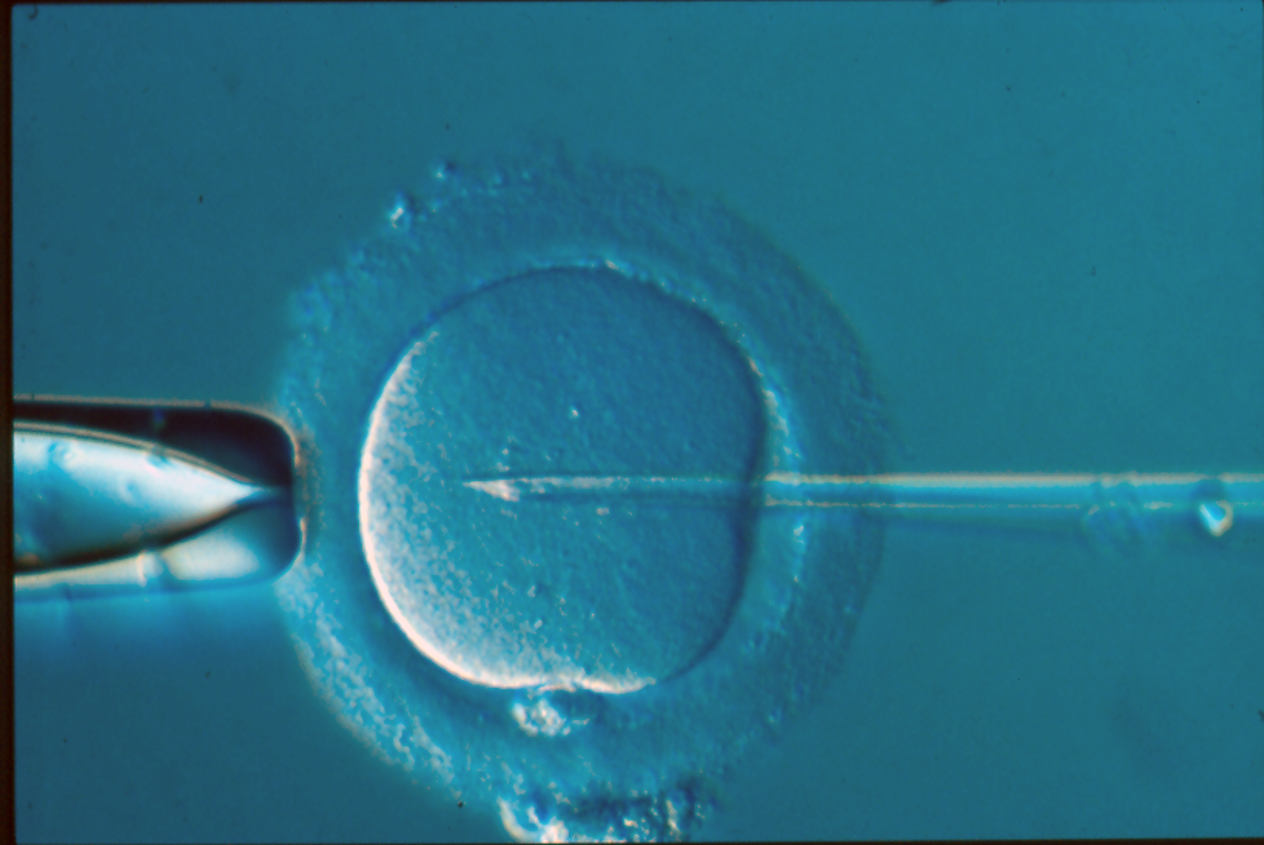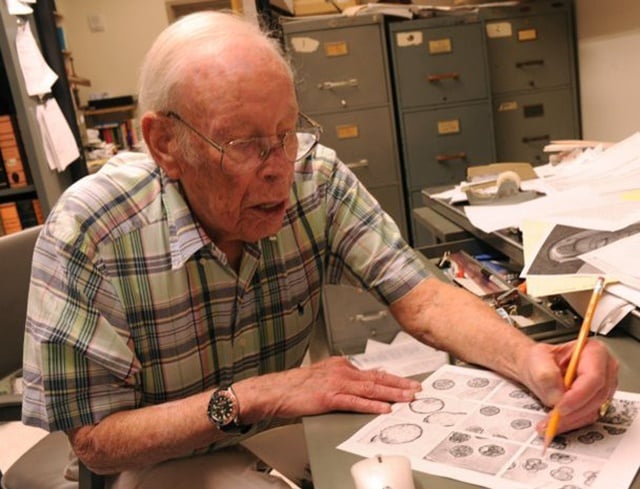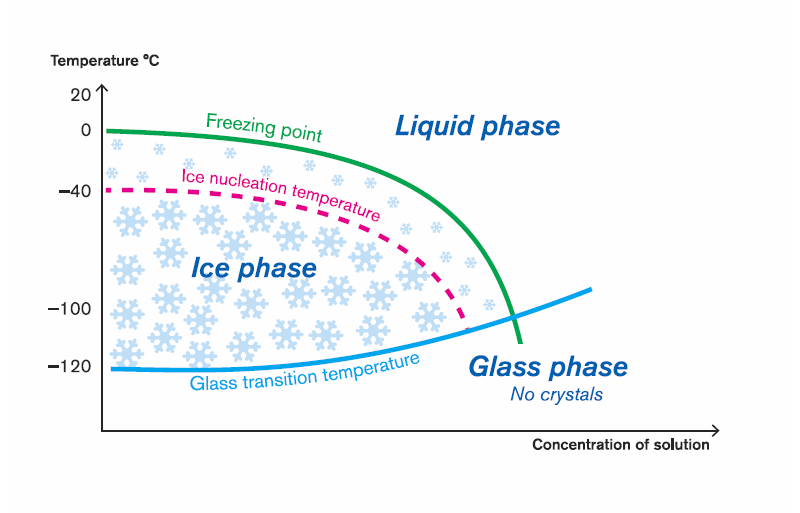Different assisted fertilisation methods were developed and implemented in the field of IVF during 1980-1990. Out of these methods, intracytoplasmic sperm injection (ICSI) is the most successful method developed1 and is considered to be one of the major breakthroughs in this field since the birth of Louise Brown in 1978. While assisted fertilisation techniques, including ICSI, were introduced to overcome fertilisation failure in cases of severe male infertility, ICSI is today used in > 60 % of all IVF cycles globally.2
ICSI has frequently been described as 'an accident' in the lab. For me, being part of the development of the ICSI technique, I would rather describe ICSI as an inevitable consequence of the procedure used to perform subzonal insemination. The aim of this blog is, however, not to cover the history of ICSI but rather to focus on aspects that support successful ICSI in the IVF laboratory.



